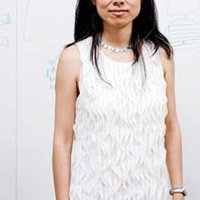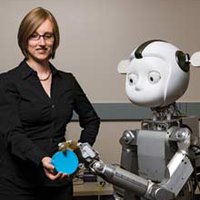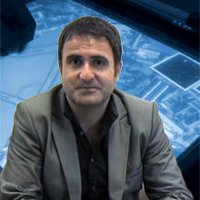Computer & electronics hardware
Adam Dunkels
Minimal wireless-networking protocols allow almost any device to communicate over the Internet <br>

Global
Dawn Song
Defeating malware through automated software analysis

Global
Andrea Thomaz
Robots that learn new skills the way people do

Global
James Carey
Using “black silicon” to build inexpensive, super-sensitive light detectors <br>

Global
Shahram Izadi
An intuitive 3-D interface helps people manage layers of data <br>

